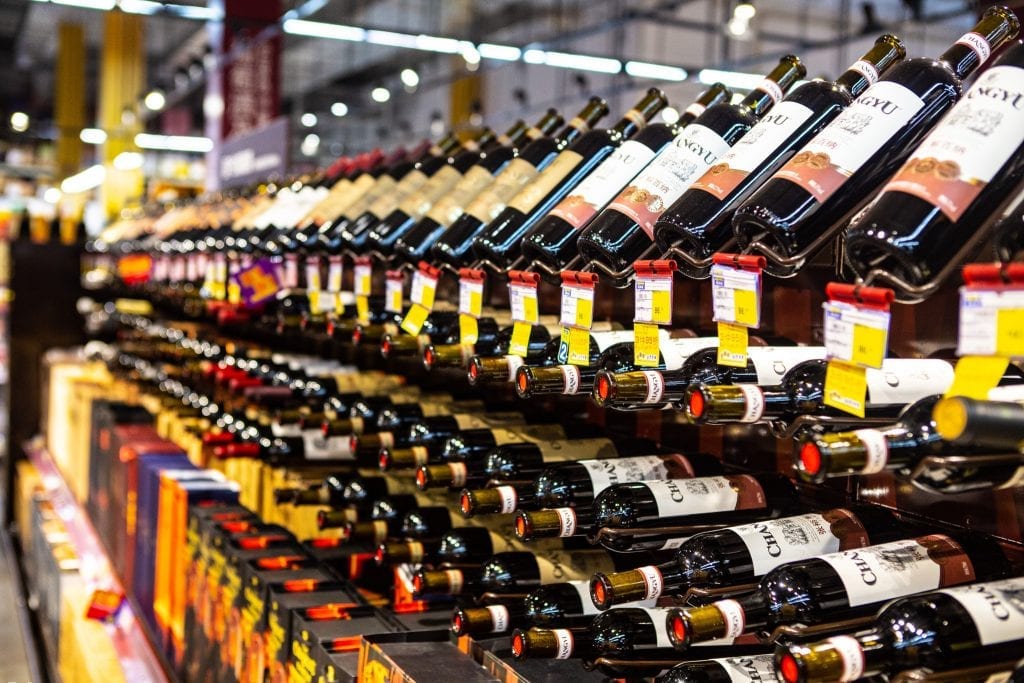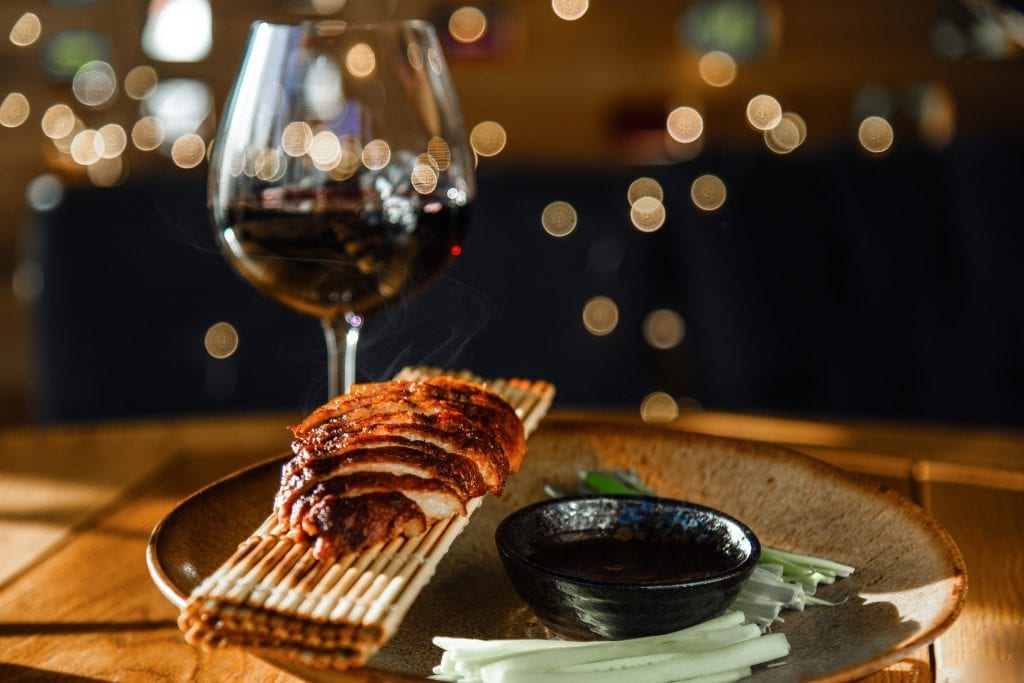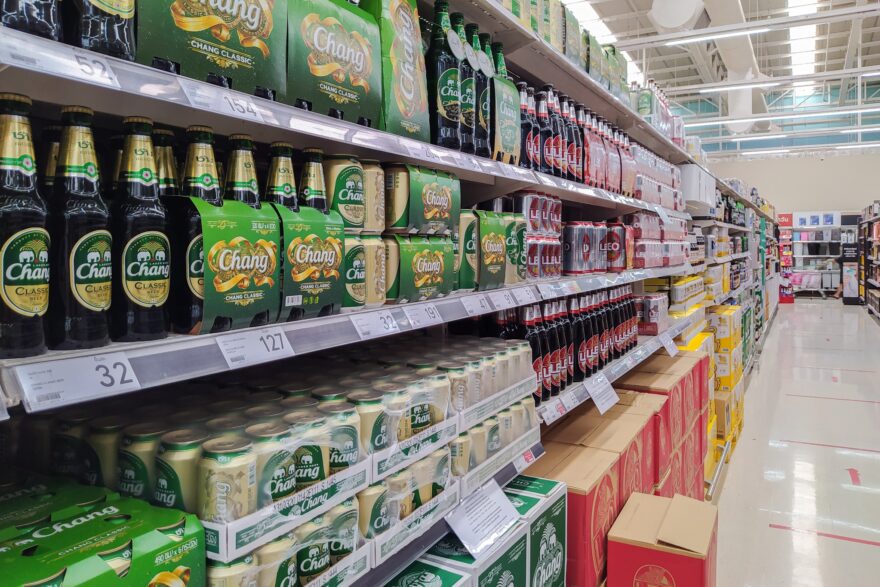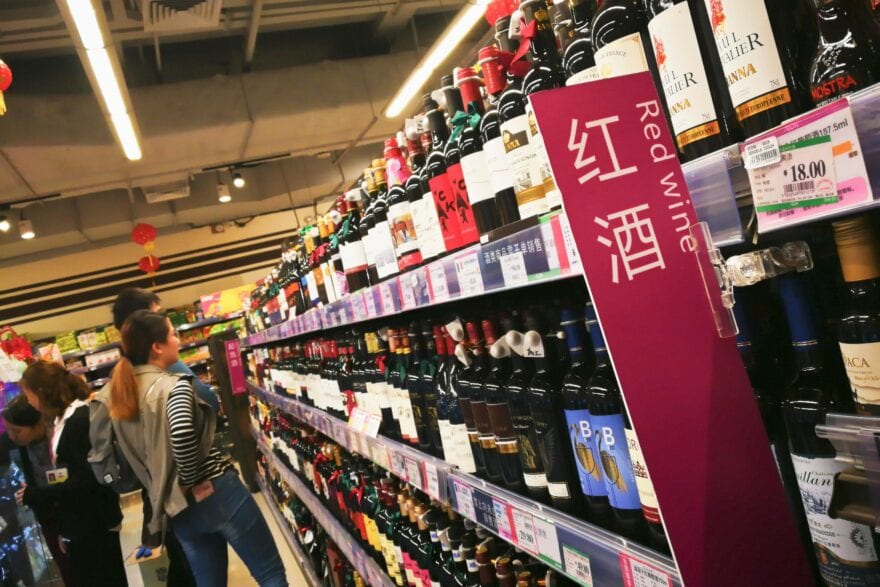
I’m often asked what type of wine best matches the taste preferences of the Chinese. Over the years, I’ve tried quite a few wines, and I’ve also participated in a number of red wine judging events and blind tastings.
At these events, sponsors will typically invite a large crowd of experts and wine tasters to try dozens or even hundreds of different varieties of wine over the course of a half-day or a day, and give their honest appraisals. They then arrange the wines into a list, which is ordered based on the results of the appraisals, with points awarded within categories such as color, aroma, body, aftertaste, unique characteristics, vintage, and more. So, can this kind of point-based evaluation really lead us to discover the most suitable wines for the Chinese pallet? And should the wine at the bottom of the list be considered bad?
Actually, whether or not a particular bottle of wine tastes good depends entirely on the individual drinker. With strict modern requirements surrounding the art of winemaking, the quality of every bottle of wine can be more or less guaranteed (with the exception of cheap counterfeits). When evaluating a wine, there should be no need for a distinction between “good” and “bad”, but rather a distinction of whether or not a particular wine meets the personal preferences of the individual. Whichever wine tastes the best to you, is the best wine for you.
What types of wine are commonly considered to match with the “Chinese taste?”

In order to penetrate the Chinese market, many wineries produce large amounts of sweeter, fruity wines, with relatively full bodies and low levels of acidity and tannins. These highly drinkable wines, sold in China with the intention of catering to Chinese taste preferences, have flooded the market in recent years.
Today, Chinese people have a wider range of opinions when evaluating wines than ever before.
Based on this, it may sound easy to find a wine that will match the taste preferences of the Chinese market, but it turns out to be a significantly more difficult problem. Today, Chinese people have a wider range of opinions when evaluating wines than ever before. Experts will almost always favor a wine with a complex flavor profile, however, normal consumers are more concerned with the wine’s “drinkability.”
The lifestyles, backgrounds, and health conditions of each wine consumer vary greatly, as do their sensitivities to the smells, tastes, and textures of different wines. The perception of the color or aroma of a wine and even the acidity, bitterness or sweetness of the wine’s aftertaste will all vary greatly from individual to individual.
In the end, each wine drinker has its own unique set of taste preferences, and with a population of over 1.4 billion, it is extremely difficult to determine any unifying criteria that will describe the tastes of every Chinese person. Despite this, there are a few wine producers who still go to great lengths for business advantage in the Chinese market, and continue branding their wines as “for Chinese tastes.”
An investigation into the taste preferences of Chinese wine drinkers

For a time, the question of “Chinese taste” was a burning one for wine sellers throughout the world as they aggressively explored every lead to discover the secret that would lead them atop the market. Much research was performed to this end, and years ago wine sellers had more or less developed a consensus: although tastes varied greatly within the Chinese population, there were a few universal preferences that became evident through taste testing. One of these universal preferences was for simple, fruity aromas; another for sweet-tasting wine with low acidity. The fact that red wines were selling significantly better than white wines in China was seen as further proof of these preferences.
In 2015, the Chinese wine education organization Ease Scent Wine Education launched a “Wine Taste Preferences of the Chinese Consumer Survey” directed toward the Chinese wine market, and also issued the Chinese Taste Preferences in Wines Whitepaper. For the survey, a questionnaire was developed to gather information about the everyday preferences of Chinese wine consumers based on the four “core criteria” of aroma, sourness/sweetness, tannin level, and body. The goal of the survey was to determine which properties of wine could be characterized as “most suitable for Chinese tastes.” The following is a brief overview of the results:
1. Chinese consumers tend to prefer wines with a fruity aroma.
Nearly 90% of respondents said that they liked wine with a fruity aroma the best, stating that fruity-smelling wines were not only easier to distinguish between, but also gave the drinker a feeling of cheerfulness; 49.3% of respondents went so far as to say that they preferred wine with a “strong fruity aroma.” In blind wine tastings conducted in 22 Chinese cities, 73% of participants said that they liked wines that had a “strong fruity aroma,” and generally responded that these wines left the drinker feeling happier than did wines with a “weak fruity aroma.”
2. Wines with low to moderate levels of acidity are most popular in China.
From the results of the questionnaire, only 11% of consumers said that they enjoyed the taste of high-acidity wines, and the blind tasting results matched closely with only 13% of participants saying that they liked these sour-tasting wines. This leaves nearly 90% of Chinese consumers preferring the taste of wines with low to moderate levels of acidity, with 40% choosing wines with moderate acidity and 49% choosing wines with low acidity. In the blind tastings, 63% of participants chose moderate acidity wines as their favorite. In any case, it is clear from these results that Chinese wine drinkers had a much higher tendency toward choosing wines with lower levels of acidity.
3. Low-tannin wines are more readily accepted by Chinese wine drinkers.
Only 14% of questionnaire respondents said that they enjoyed drinking “strong, persistent, and bitter” high-tannin wines. The blind tastings confirmed this, where the proportion of participants who said they enjoyed the taste of high-tannin wines came in at a mere 12%. Chinese consumers at the time preferred their wines without the strong, attacking flavor that accompanies high tannin levels, and many were clearly pained when sampling these bitter wines.
4. Chinese consumers tend to like full-bodied wines the best.
The survey results showed a consistent preference for moderate to full-bodied wines, regardless of respondent age or drinking frequency; Chinese consumers selected moderate wines at a rate of 44.7%, and full-bodied wines at a rate of 33.5%. In the blind tastings, 64% of participants preferred full-bodied wine.
Is this standard for “Chinese taste preferences” in wine set in stone?
These studies make it clear that the Chinese wine drinkers who were surveyed at the time enjoyed wine that is “not sour, not bitter, and a little sweet.” However, in the years since the survey was conducted, many have been surprised to discover that the Chinese have developed more wide-ranging tastes, that move beyond enjoying only sweet wines with fruity aromas.
Many Chinese consumers have already learned to enjoy the more complex flavors offered by high-quality wines, and are much more accepting of diverse, excellent wines with rich tastes.
Martin Hao, Asian Wine Reviewer, Robert Parker Wine Advocate
According to famous wine critic Martin Hao, “Many Chinese consumers have already learned to enjoy the more complex flavors offered by high-quality wines, and are much more accepting of diverse, excellent wines with rich tastes. In addition, more consumers are becoming aware of the good price-to-quality ratio of Chilean, Argentinian and Australian wines, and are even becoming accustomed to using internationally accepted criteria, such as the balance of the body, when evaluating a wine, rather than simply basing their opinion on its fruity aroma and sweetness.”
Although there are some who still stand by the notion of a distinct “Chinese taste preference,” the meaning of this term has undergone some changes in recent years. In most wine hobbyist circles, wine taste preferences are now viewed as diversified and individualized. Although many wine drinkers still prefer those sweet wines with fruity aromas, this is no longer seen as a one-size-fits-all classification of the Chinese consumer. And these changing tastes can be described by one simple fact – the Chinese have been drinking more wine.
So, is there a “Chinese taste preference” after all?
As they are exposed to the tastes of a greater variety of wines, people are inclined to try out an even more diverse range of styles and brands; and as they venture out into this new territory, they will often find that their taste preferences begin to change in turn. With the exception of a few universally accepted criteria by which wines have been traditionally assessed, finding the wine that best suits one’s tastes and style is fundamentally a question of their individual preferences.
A lover of red wine is sure to have experienced wines with a great diversity in tastes, as there is an incredible number of excellent wines from around the world that are available to the modern consumer. This experience allows for greater development of one’s ability to assess wine and adds to the overall enjoyability and charm of the wine drinking process.
When judging a wine, it’s often better to talk pairing than simply taste

It is now clear that taste preferences are not set by national boundaries, but rather by the individual; but does this mean that the many years of research done on the topic of Chinese taste preferences have been wasted? Certainly not.
Today, from a global perspective, people drink wine most often at the dinner table. Therefore, instead of focusing on the illusory “Chinese taste preference,” it is much more beneficial to consider what types of wine are most suitable to pair with Chinese cuisine.
Whereas the French pair a particular wine with every single dish, the Chinese tend to look for a single wine that will pair nicely with their entire table full of different foods and flavors.
In fact, most major players in the global wine industry with interests in the Chinese market have already figured this out, and there are a few wine experts who specialize in the Asian markets that are actively engaged in further research on the topic. Pairing wine with Chinese meals is a bit different than pairing wine with most Western cuisines; whereas the French pair a particular wine with every single dish, the Chinese tend to look for a single wine that will pair nicely with their entire table full of different foods and flavors.
As a result, sparkling varieties are typically first on the list of wines that can pair well with an entire meal of Chinese dishes. Whether sweet Shanghainese cuisine, spicy Sichuan hot pot, or even the light and fresh Guangdong style of cooking, all can be perfectly paired with sparkling wine. This unmatched ability to pair with a wide variety of Chinese cuisines is the main reason that sparkling wines sell so well in China.
Understanding the “beginner taste preference”
For those who are relatively new to drinking wine, and especially to those trying wine for the first time, high-tannin or high-acidity wines can produce an uncomfortable feeling in the mouth. However, there are a few remedies that can overcome this issue, including precisely selecting wines from certain regions, regulating the temperature of the wine, and pairing it with appropriate dishes of food.
It is better to consider those who do not like sour or bitter-tasting wine but instead prefers a sweeter taste as having “beginner taste preferences” and not “Chinese taste preferences.” As their experiences drinking wine become more plentiful and diverse, each person will be better able to find the varieties of wine that best suit their personal preferences for taste, and this preference may even turn out to be for relatively sour or bitter-tasting wine.
The taste preferences of the modern Chinese wine lover are diverse and varied
As for the taste preferences of any individual Chinese wine lover, their favorite wine may be a Champagne, or maybe a Riesling; it could also be a Cabernet Sauvignon, Sauvignon Blanc, or any other variety produced around the globe. As it turns out, their taste preferences are diverse, and cannot be bound by any standard or rule.




